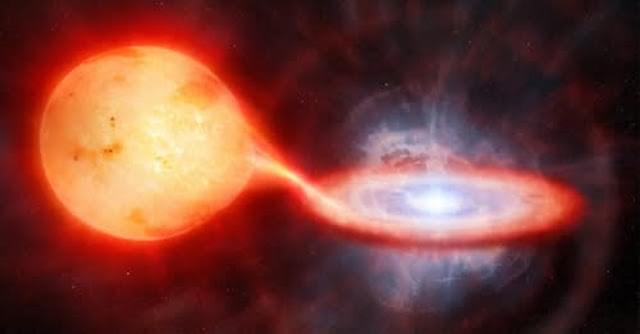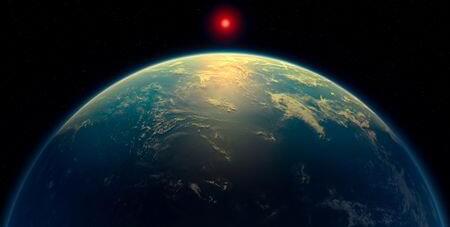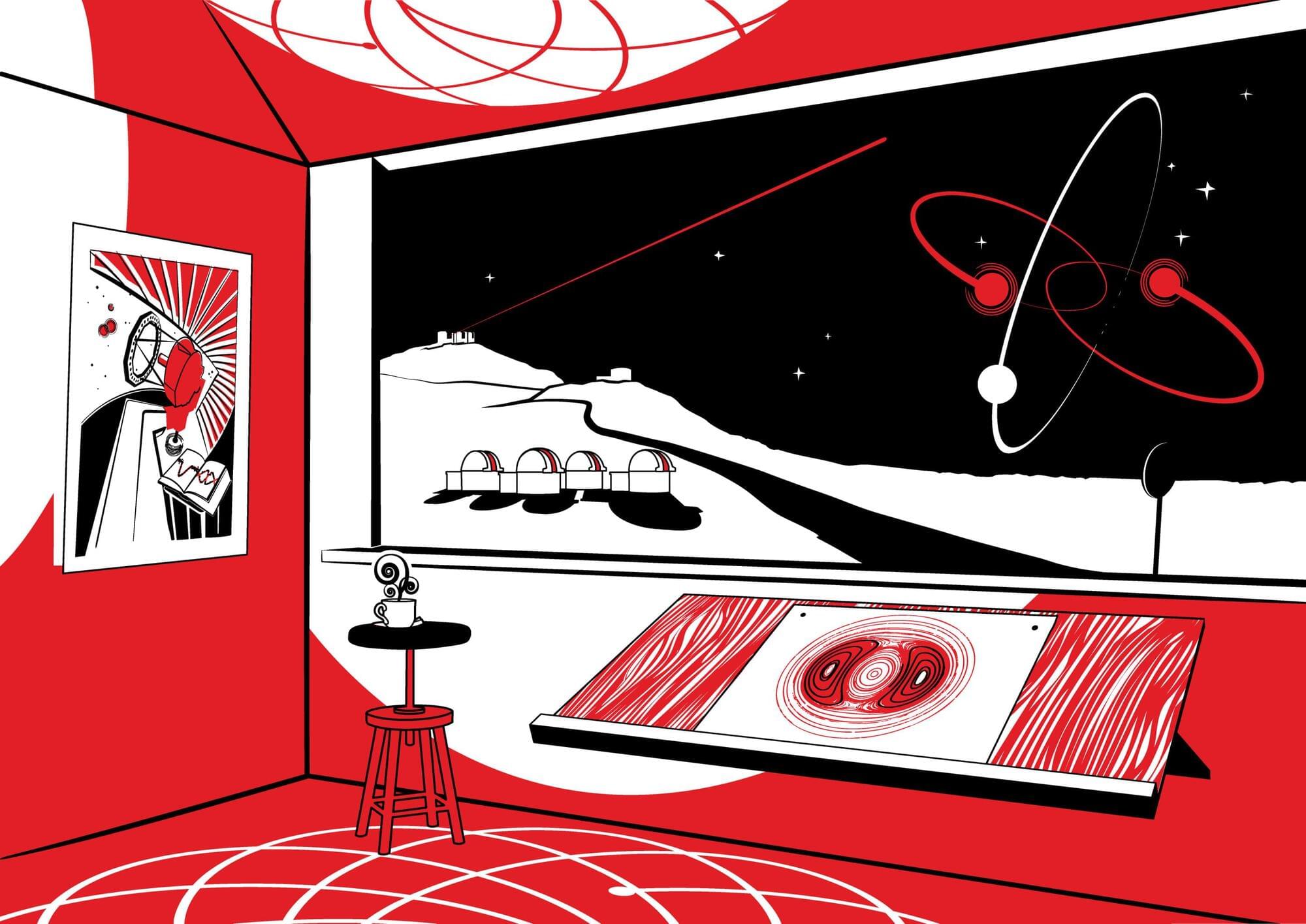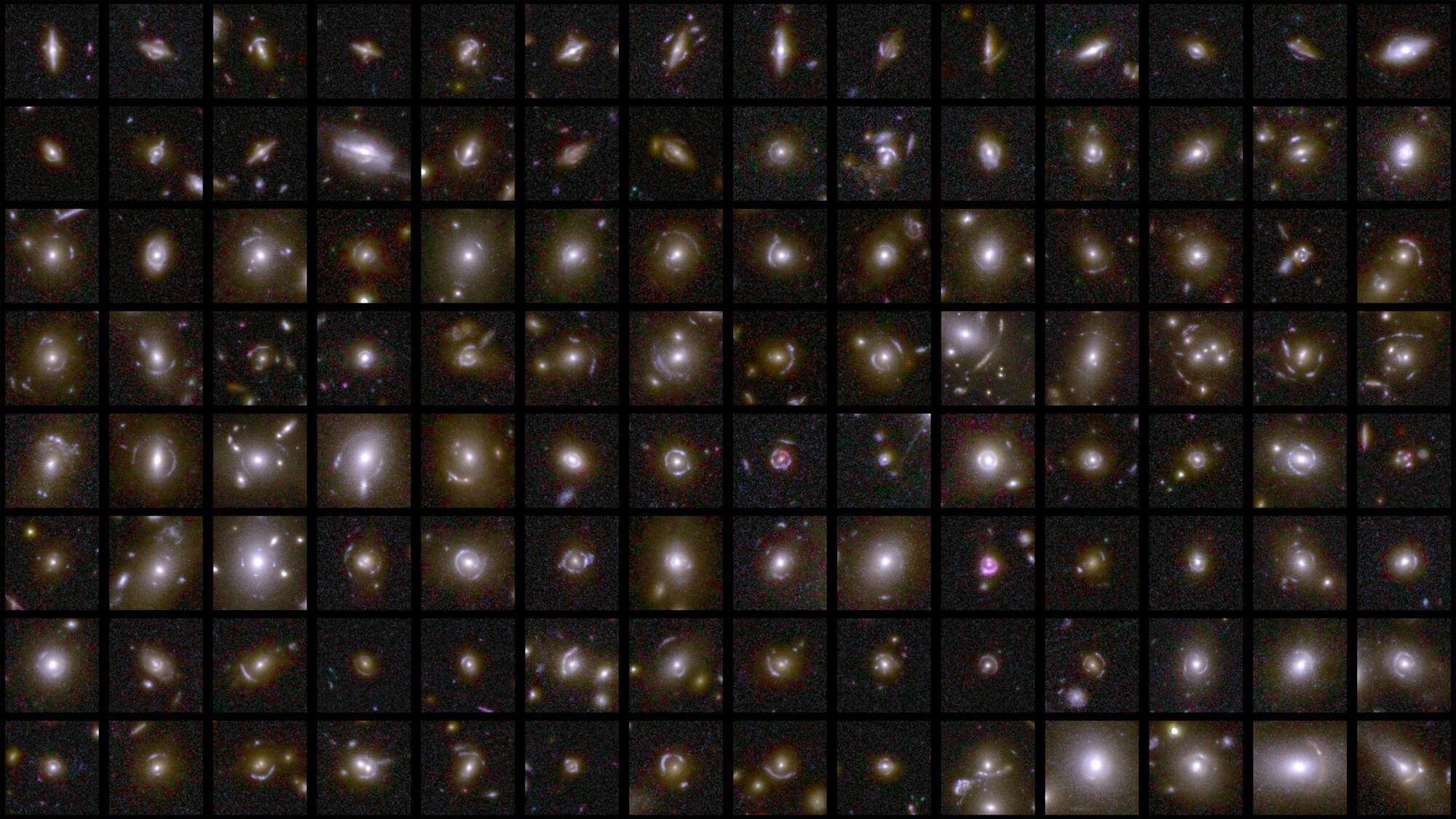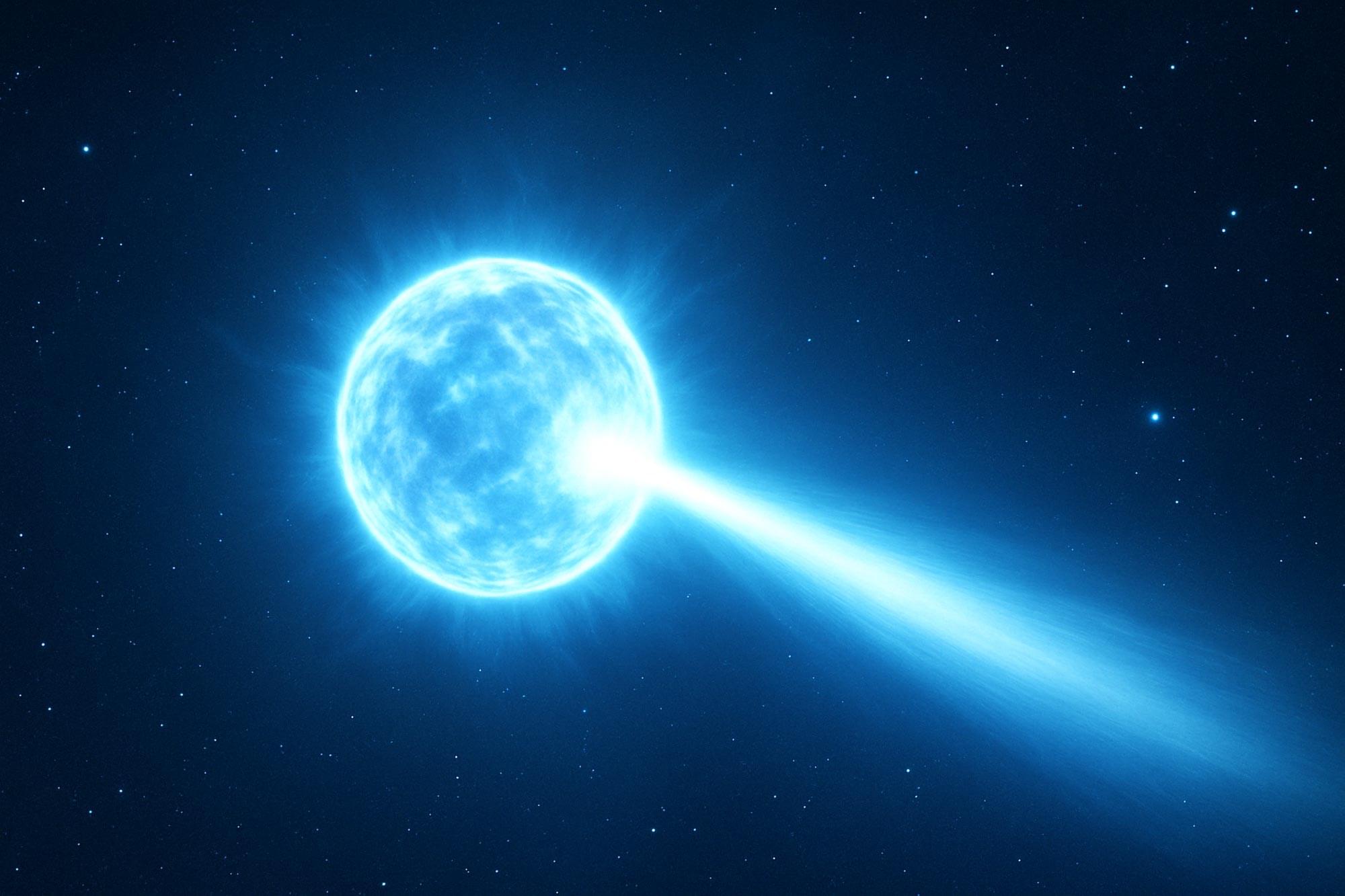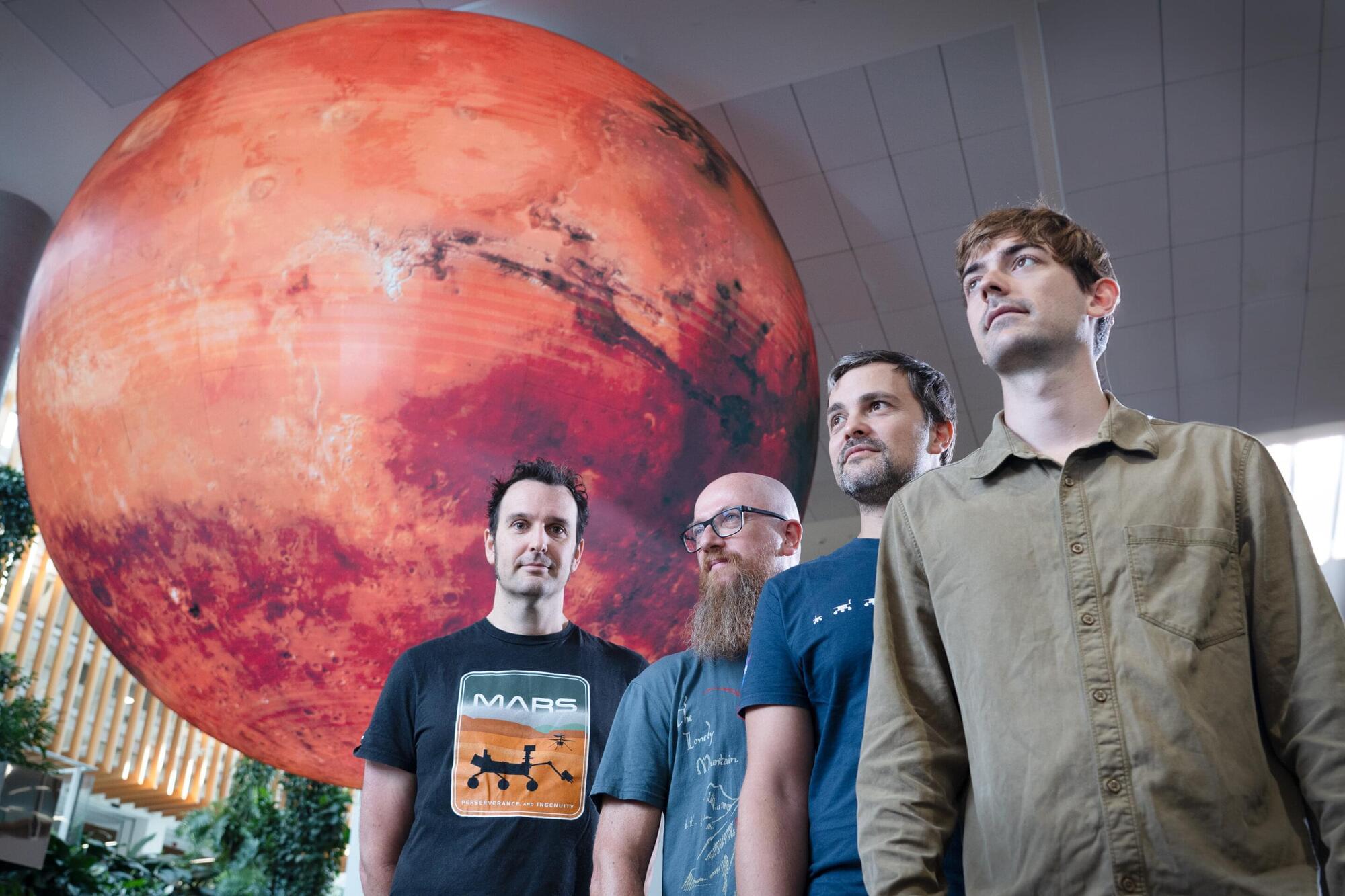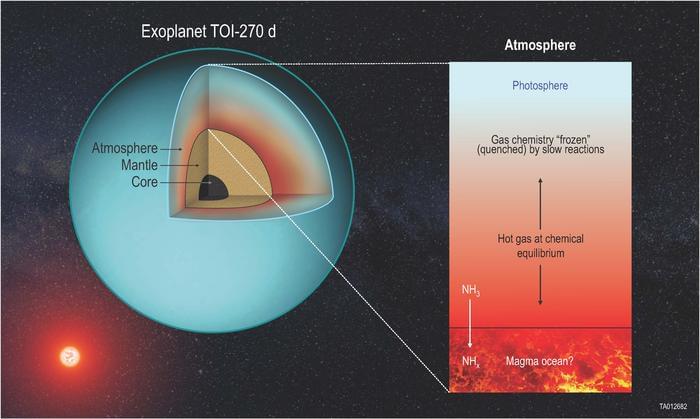In a future of limitless resources, what challenges remain when scarcity fades but human desires endure? Join us as we explore the path to post-scarcity civilizations, where technology solves material needs—but purpose, meaning, and new challenges await.
Watch my exclusive video Post-Consciousness Civilizations: https://nebula.tv/videos/isaacarthur–… Nebula using my link for 40% off an annual subscription: https://go.nebula.tv/isaacarthur Get a Lifetime Membership to Nebula for only $300: https://go.nebula.tv/lifetime?ref=isa… Use the link gift.nebula.tv/isaacarthur to give a year of Nebula to a friend for just $30. Visit our Website: http://www.isaacarthur.net Join Nebula: https://go.nebula.tv/isaacarthur Support us on Patreon: / isaacarthur Support us on Subscribestar: https://www.subscribestar.com/isaac-a… Facebook Group:
/ 1,583,992,725,237,264 Reddit:
/ isaacarthur Twitter:
/ isaac_a_arthur on Twitter and RT our future content. SFIA Discord Server:
/ discord Credits: Post-Scarcity Civilizations: Infinite Resources & Our Future Episode 495; April 17, 2025 Written, Produced & Narrated by: Isaac Arthur Edited by: Donagh Broderick Graphics: Jeremy Jozwik, Ken York YD Visual Select imagery/video supplied by Getty Images Music Courtesy of Epidemic Sound http://epidemicsound.com/creator Markus Junnikkala, “A Fleet Behind the Moon” Phase Shift, “Forest Night” Kai Engel, “Endless Story About Sun and Moon” Chris Zabriskie, “Unfoldment, Revealment”, “A New Day in a New Sector” Taras Harkavyi, “Alpha and…” Stellardrone, “Red Giant”, “Billions and Billions“
Get Nebula using my link for 40% off an annual subscription: https://go.nebula.tv/isaacarthur.
Get a Lifetime Membership to Nebula for only $300: https://go.nebula.tv/lifetime?ref=isa…
Use the link gift.nebula.tv/isaacarthur to give a year of Nebula to a friend for just $30.
Visit our Website: http://www.isaacarthur.net.
Join Nebula: https://go.nebula.tv/isaacarthur.
Support us on Patreon: / isaacarthur.
Support us on Subscribestar: https://www.subscribestar.com/isaac-a…
Facebook Group: / 1583992725237264
Reddit: / isaacarthur.
Twitter: / isaac_a_arthur on Twitter and RT our future content.
SFIA Discord Server: / discord.
Credits:
Post-Scarcity Civilizations: Infinite Resources & Our Future.
Episode 495; April 17, 2025
Written, Produced & Narrated by: Isaac Arthur.
Edited by: Donagh Broderick.
Graphics: Jeremy Jozwik, Ken York YD Visual.
Select imagery/video supplied by Getty Images.
Music Courtesy of Epidemic Sound http://epidemicsound.com/creator.
Markus Junnikkala, \

